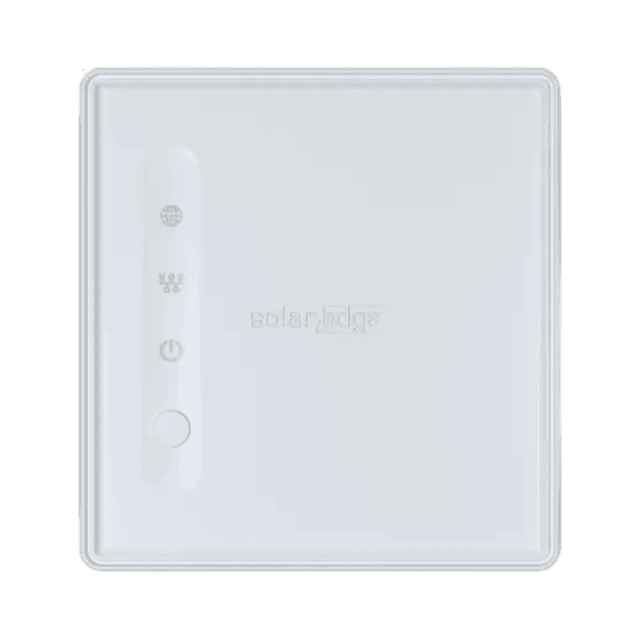Energy Management System explained: what you need to know
The demand for sustainable, smart, and cost-efficient energy solutions is growing rapidly. Customers want control over their consumption, to manage their sustainable energy smartly, and to be prepared for dynamic energy tariffs. As an installer, you can make a significant difference in this area – not least with an energy management system. In this blog, we explain what this system is, how it works, and why it is increasingly becoming an integral part of your installations.
What is an energy management system?
An energy management system (EMS) is a smart control system that maps and manages energy consumption, storage, and production in a home or business. The system collects real-time data via smart meters, solar panels, inverters, batteries, or charging stations, optimising energy use based on availability, cost, or grid load. In short: the energy management system ensures that energy is utilised as efficiently as possible. And especially at a time when raw material costs are high, your customer will save significantly on energy bills in no time.
Smart energy meters as a foundation
The smart energy meter plays a crucial role within an energy management system. This meter measures current electricity consumption and grid feed-in. By reading this data, the system can, for example, decide to draw less electricity from the grid during peak times or, conversely, store surplus solar energy in a battery, depending on the chosen installation. For installers, this is the ideal way to further assist customers with their insight, cost savings, and preparation for future energy challenges.
Why your customer wants an energy management system
For your customer, an energy management system offers numerous benefits:
Insight into real-time consumption and yield
Maximises self-consumption, especially with solar panels
Batteries are efficiently controlled
Costs are reduced through smart timing (such as charging during low tariffs)
Prepared for dynamic energy contracts
Contributes to sustainability by limiting peak load
Especially for customers with solar panels, electric vehicles, or heat pumps, an energy management system is a logical next step.
Integration with batteries and inverters
An energy management system truly comes into its own when integrated with other smart components:
Home batteries
An energy management system ensures that batteries are charged when there is an energy surplus or when the electricity price is low, just as they discharge at the opportune moments.
Inverters
For solar panels, the system helps to control the inverter based on consumption, yield, and storage possibilities, thereby maximising local energy utilisation.
Charging stations and heat pumps
Charging stations and heat pumps can also be intelligently controlled to make optimal use of available energy and low tariffs.
What this means for you and your customer
As you can see, the use of an energy management system offers numerous advantages for your customer, while also enabling you to capitalise on the future energy market. And with the right products and support, installation is straightforward.
Need assistance with product selection?
At ESTG, you will find everything you need for smart energy management: from complete energy management systems and smart meters to batteries, inverters, and connectivity solutions. Want to know more? Feel free to contact us.
